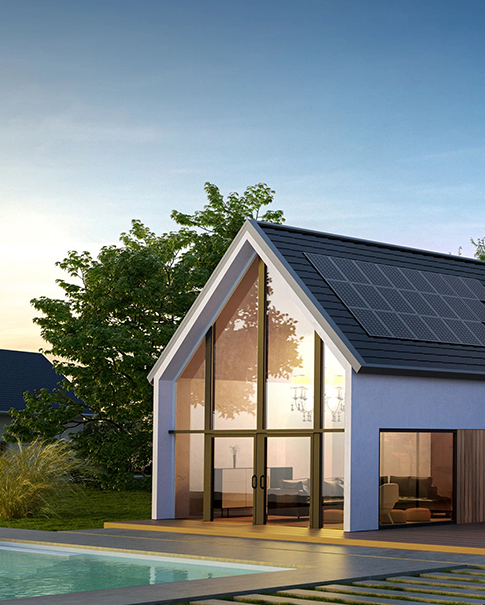What are the key features to look for in a solar charge controller?
Jun 21, 2024
When selecting a solar charge controller, there are several key features to consider to ensure optimal performance and compatibility with your solar power system. Here are the primary features to look for:
Type of Charge Controller
PWM (Pulse Width Modulation) vs. MPPT (Maximum Power Point Tracking):
PWM Controllers: Simpler and cheaper, suitable for smaller systems with lower efficiency requirements.
MPPT Controllers: More efficient, especially in colder conditions, and can handle higher voltage panels, making them ideal for larger systems.
Voltage and Current Ratings
Voltage Rating:
Ensure the controller supports the voltage of your solar panels and battery (e.g., 12V, 24V, 48V).
Current Rating:
The controller should handle the maximum current output from your solar array (measured in amps).
Efficiency
Conversion Efficiency:
Higher efficiency means less energy loss during the conversion process, especially important for MPPT controllers.
Protection Features
Overcharge Protection:
Prevents the battery from being overcharged, extending battery life.
Over-discharge Protection:
Prevents the battery from discharging too much, which can damage the battery.
Short Circuit and Reverse Polarity Protection:
Protects the system components from damage due to incorrect connections or faults.
Temperature Compensation:
Adjusts charging parameters based on temperature to prevent battery overheating or freezing.
Display and Monitoring
LCD Display or LED Indicators:
Provides real-time information about system status, voltage, current, and errors.
Remote Monitoring and Control:
Options for remote access via Bluetooth, Wi-Fi, or other means for monitoring and configuring the system.
Charging Stages
Multi-stage Charging:
Typically includes bulk, absorption, and float stages, which help to fully charge the battery and maintain its health.
Load Control
Load Terminals:
Allows you to directly connect and control DC loads, managing their operation based on battery voltage.
Compatibility
Battery Type Compatibility:
Ensure the controller supports your battery type (e.g., lead-acid, AGM, gel, lithium).
Expandability and Integration
Scalability:
Ability to handle additional panels or batteries as you expand your system.
Integration with Other Systems:
Compatibility with other energy management systems, inverters, or smart home setups.
Build Quality and Warranty
Durability:
Look for rugged construction, weather-resistant housing if installing outdoors, and overall build quality.
Warranty and Support:
Consider the warranty period and the availability of customer support for troubleshooting and repairs.
Shenzhen Keyue New Energy Co., Ltd. is a professional and technologicalenterprise dedicated to the new energy industry.lt integrates one-stopproduction, research and development, sales, and OEM/ODM.
